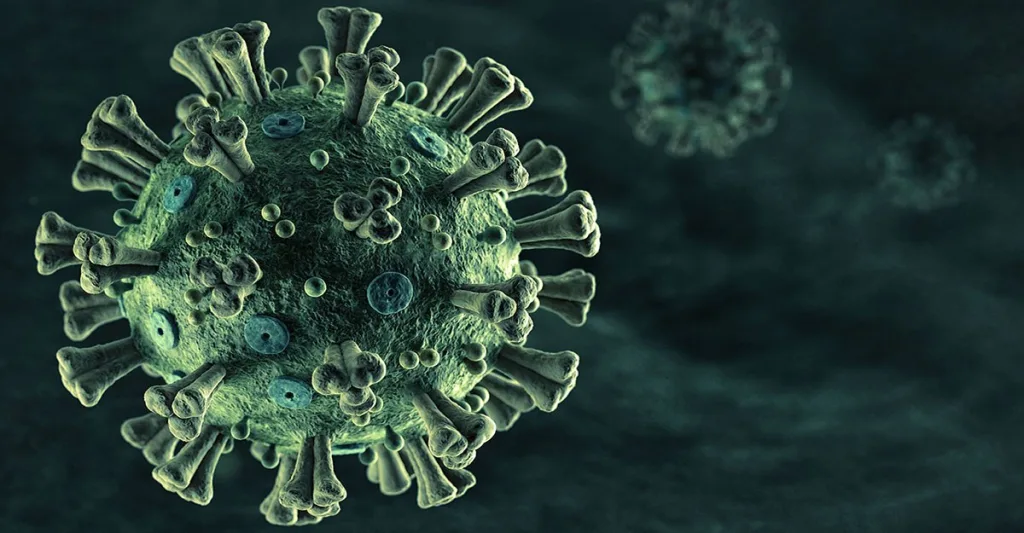Hospitals and health systems are working to stay ahead of coronavirus -- both the outbreak itself and a constant stream of information emerging through multiple sources.
Strict quarantine guidelines by the U.S. Centers for Disease Control and Prevention have helped hospitals prepare for the worst, according to recent reports. "We're buying some time now that it hasn't really spread so much in the United States," Mark Jarrett, chief quality officer for Northwell Health, a New York hospital chain, said in a Feb. 18 HealthDay article. "That's giving us a chance to gear up factories and address supply chain issues." Thousands of people have died of coronavirus, according to CNN, and more than 80,000 cases have been reported globally. With rapidly developing news about the spread of coronavirus has come a significant amount of medical research, Reuters reports.
Unvetted studies and rumors increase fears
Reuters found 675 researchers worldwide have published or posted more than 150 studies on the coronavirus, also known as COVID-19 since the outbreak began. The news outlet points out that during the 2003 SARS outbreak, it took more than a year for even half that number of studies to be published.
The World Health Organization is using the term "infodemic" to describe the amount of inaccurate information being spread about coronavirus, according to NPR. False rumors circulating on social media range from coronavirus being a man-made bioweapon to a claim that more than 100,000 people have died.
The Lancet group of science and medical journals, has instituted "surge capacity" staffing to review 30 to 40 submissions a day the group is receiving on coronavirus, according to Reuters. The concern among health experts is how much research is being posted online without peer review. Some of the information already has been revealed as flawed, or outright wrong. "The public will not benefit from early findings if they are flawed or hyped," Tom Sheldon, a science communications specialist at Britain's non-profit Science Media Centre told Reuters.
Watch our PPE Guidelines video here:
Risk to healthcare workers
As the global healthcare community hustles to defeat a stream of misinformation, preventing and reducing the spread of the virus to healthcare workers is a top priority. In a recently published report of the outbreak at Zhongnan Hospital of Wuhan University, about one-fourth of the healthcare workers contracted the coronavirus from a single patient, according to Hospital Infection Control & Prevention, a Relias Media blog. That transmission is reminiscent of the "super spreader" phenomenon seen with severe acute respiratory syndrome (SARS) in 2003 and Middle East respiratory syndrome (MERS).
"The challenge of this virus -- if there is community spread -- is that it is going to be much more difficult to separate [COVID-19] from everything else that causes fever and respiratory symptoms," Allison McGeer, MD, director of infection control at Mount Sinai Hospital in Toronto, Canada, told Hospital Infection Control & Prevention.
"That could present a very significant challenge to protecting healthcare workers," she continued. "Say a case comes to a hospital -- for a reason that is completely unrelated to novel coronavirus -- but happens to be incubating it and develops illness in the hospital. Your go-to diagnosis in a post-op patient who develops fever is not novel coronavirus." Should the virus spread in the U.S., access to the right protective equipment can help ensure healthcare workers are able to care for patients without becoming infected themselves. But the HealthDay article points out though hospitals might be prepared now, supplies could run low in the event of a pandemic here. The author gives the example of the N95 respirator mask -- primarily manufactured in China. The mask offers better protection than thinner masks working in surgeries. More than 3,000 healthcare workers in China have become infected with coronavirus, according to Business Insider. Health experts worry supplies could be slowed as China deals with an overwhelming number of coronavirus infections. "We are starting to hear of some reports of hospitals who are unable to get their regular supplies, or there's a delay in getting their regular supplies, but it's just sort of the beginning of this," Roslyne Schulman, the American Hospital Association's director of emergency response and public health policy told HealthDay. So far, no U.S. healthcare workers have been infected, according to Hospital Infection Control & Prevention. For more information and updates on coronavirus, read, "Coronavirus: Clear up misperceptions and protect patients, yourselves." 
Take these courses to learn more about infectious diseases and prevention:
- Ebola Virus Disease: Preparation and Prevention: An Interprofessional Perspective (1.0 contact hr) The goal of this course is to provide healthcare professionals in acute care settings with evidence-based information about Ebola virus disease through a review of the events that started in the 2014 to 2016 Ebola outbreak to guide detection of cases, prevent transmission of infection, and provide safe management of patients with the disease.
- Keep It Clean: Hand Hygiene and Skin Antisepsis (0.5 contact hr) Whether at the surgical site or on the hands of the healthcare provider, skin is laden inherently with resident and transient flora. Inadequate hand hygiene allows opportunistic pathogens in varying life stages to transfer between patients and other surfaces during everyday activities. Yet many healthcare workers across various disciplines continue to have poor hand hygiene despite best-practice evidence about microbial transfer between people. Proper preoperative patient skin antisepsis and hand hygiene can minimize surgical site infections, and healthcare professionals across disciplines should collaborate to enhance adherence.
- The Zika Virus (1.0 contact hr) The goal of this course is to educate healthcare professionals and EMTs about the Zika virus and how to treat and care for those who have Zika.
- Post-COVID-19 Conditions (0.5 contact hr) The goal of this course is to educate nurses in post-acute care settings about the long-term effects of COVID-19.
- COVID-19: Critical Care Bedside and Operational Lessons (1.0 contact hr) This course will focus on what we currently know about the pandemic, including lessons learned from a clinical and operations perspective.






